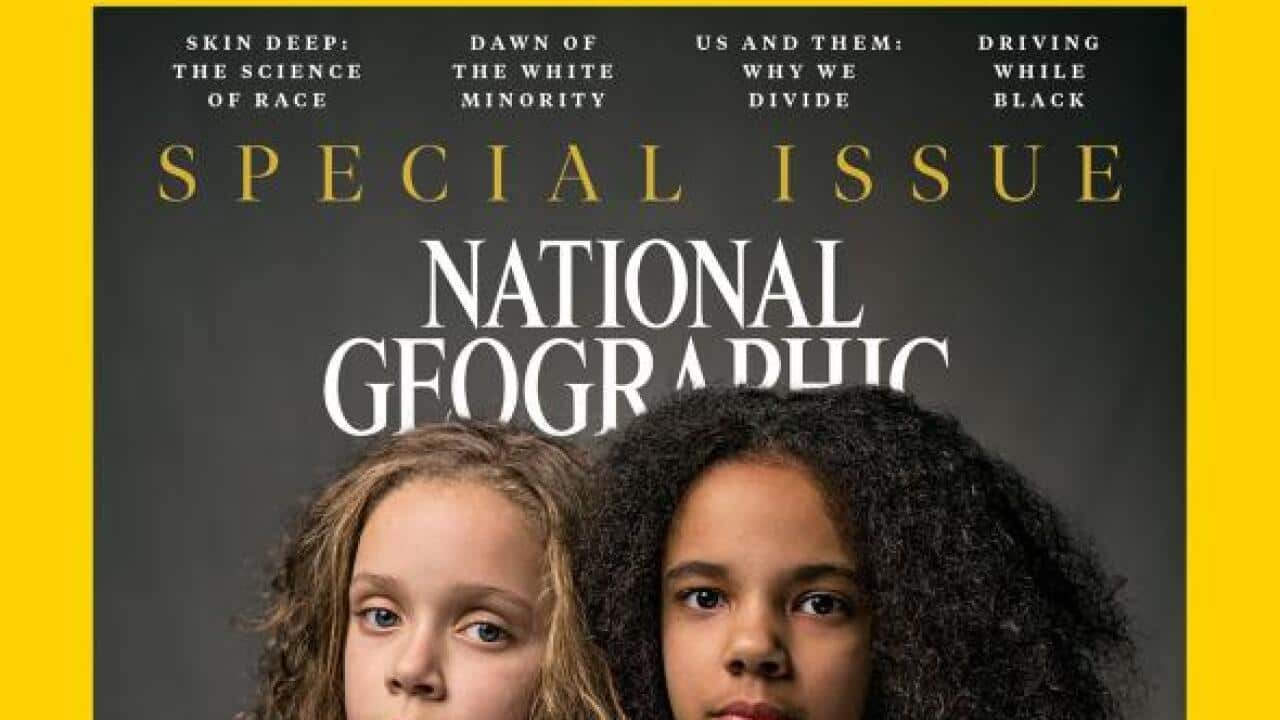"For Decades, Our Coverage Was Racist. To Rise Above Our Past, We Must Acknowledge It."
That's the headline being carried by National Geographic online today. As far as humble pie headlines go, this is pretty humbling.
The article addresses the "appalling" racist coverage of people and events as well as the racist membership policies of the organisation from its early days through to more recent times.
While acknowledging racism in coverage on people from Africa and elsewhere, the organisation also called out its coverage of Indigenous Australians.
In a 1916 issue, a picture appeared labelling Aboriginals as "savages" who "ranked lowest in intelligence of all human beings". However, is it a little too late?
However, is it a little too late?

The picture used in the 1916 issue of the National Geographic labelling South Australian Aboriginals as "savages". Source: National Georgraphic
Sudsan Goldberg is the first woman and first Jewish person in the 130-year history of the magazine to hold the editor position.
In their April issue, which is based around race, the National Geographic's Editor in Cheif has admitted to the mistakes of the past.
"How we present race matters," she writes.
"And it means we have a duty, in every story, to present accurate and authentic depictions—a duty heightened when we cover fraught issues such as race."
Goldberg admits National Geographic ignored people of colour who lived in the United States until the 1970s and rarely acknowledged they had other occupations other than being labourers or domestic workers.
"Meanwhile it (National Geographic) pictured “natives” elsewhere as exotics, famously and frequently unclothed, happy hunters, noble savages — every type of cliché," Goldberg writes.
John Edwin Mason, a professor at the University of Virginia specializing in the history of photography and the history of Africa also contributed to the article.
He said the magazine did little to break stereotypes.
"National Geographic came into existence at the height of colonialism, and the world was divided into the colonizers and the colonized. That was a color line, and National Geographic was reflecting that view of the world," he said.
Other stories in magazine's Race issue include a cover story on biracial fraternal twins who have different skin colours and a feature on how skulls were used to define racial labels.









